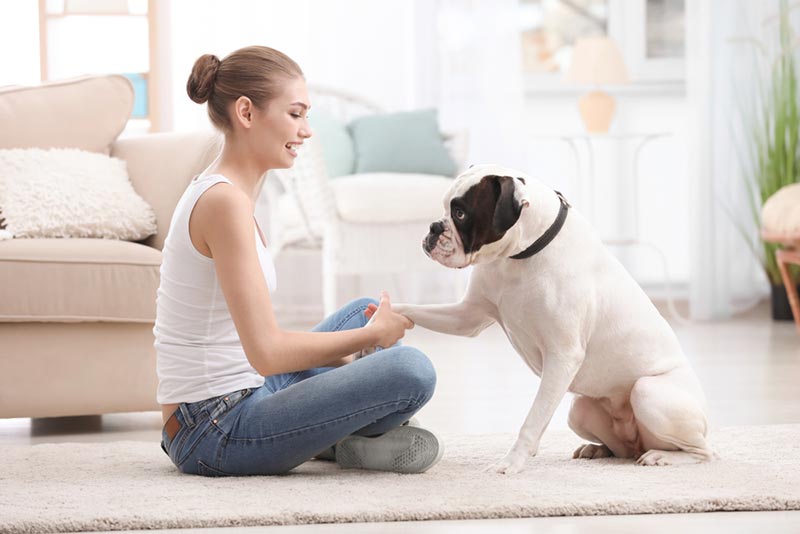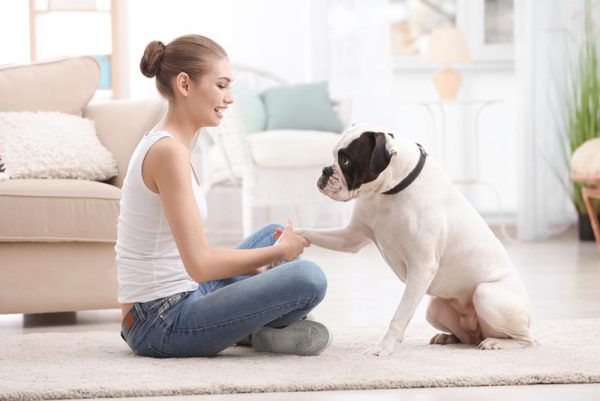Dogs and humans have a long history of living together and forming strong bonds. From early hunter-gatherers to modern city dwellers, dogs have been part of human lives for thousands of years. Here are some fascinating facts about the dog and human relationship, from the scientific to the anecdotal.
The 15 Fascinating Facts About Dog and Human Relationships
1. Humans Can Communicate with Dogs
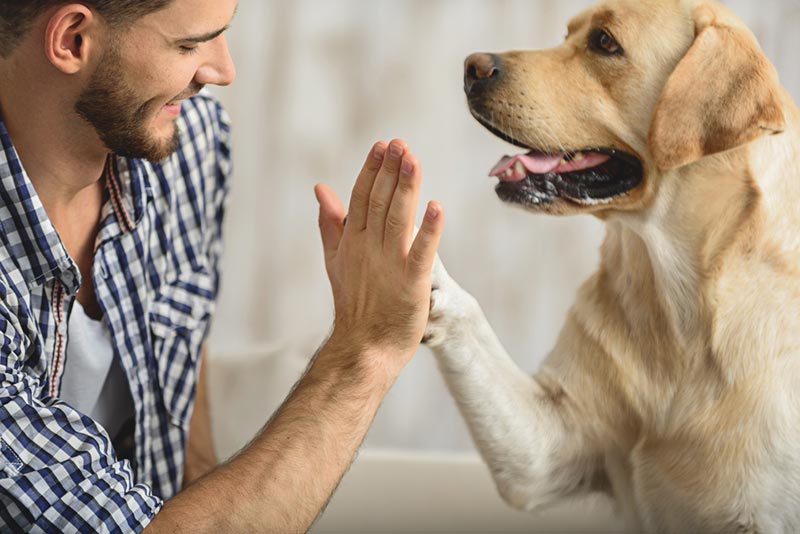
Researchers have found that humans and dogs have the ability to understand each other’s emotions, facial expressions, vocalizations, and body language. This means that we can form strong emotional bonds with our furry friends, which can help us build trust and loyalty between us.
2. Dogs Help Us Stay Physically Active
It’s no secret that an active lifestyle is beneficial for your physical health and mental well-being. What you may not know is that having a dog encourages us to stay more active than we would without one. Studies have shown that people who own dogs are more likely to exercise regularly and meet recommended levels of physical activity than those without.
3. Dogs Reduce Stress Levels in Humans

Having a pet can reduce stress levels in humans. Studies have found that petting a dog can lower blood pressure, reduce cortisol (the stress hormone) levels, and improve our overall mental health.
4. Dogs Improve Our Social Lives
Having a dog can help us make new friends and increase our social networks. Research suggests that people with dogs are more likely to strike up conversations with strangers than those without pets, leading to increased interactions in their everyday lives.
5. Dogs Can Help Us Live Longer Lives

Studies have shown that having a pet is linked to lower mortality rates from heart disease and other illnesses. The American Heart Association reports that owning a pet can reduce the risk of dying from a heart attack by as much as 33%!
6. Dogs Help Children Develop Emotional Intelligence
Research has found that children who grow up with a pet develop better social skills, empathy, and emotional intelligence. They are more likely to be comfortable talking to people they don’t know and relating to others in a positive way.
7. Dogs Can Help Us Detect Illness in Ourselves and Others

Dogs are sensitive creatures that can detect subtle changes in our behavior or body language. Experts believe that dogs can help us detect illness in ourselves or others by picking up on these small signs. Dogs can even detect cancer and other illnesses before humans, which makes them invaluable to medical researchers and doctors. In some cases, dogs have even been trained to alert their owners of an impending medical emergency before it happens!
8. Dogs Make Us Feel Safer
Having a dog around can make us feel safer and more secure. Studies have found that people with pets are less likely to be victims of violent crime than those without, making them a great addition to any home’s safety plan.
9. Dogs Help Us Connect to Nature
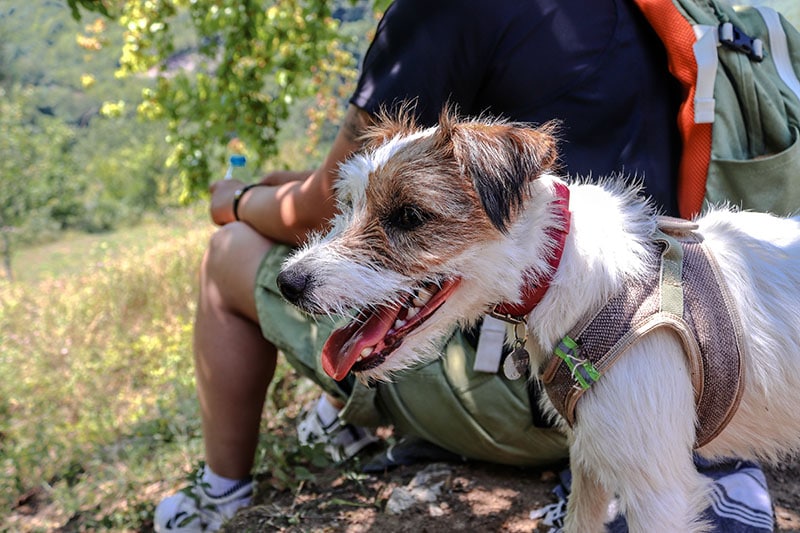
Spending time outdoors with our canine companions can help us connect with nature in ways we wouldn’t otherwise experience. From going for hikes to playing fetch at the park, having a dog encourages us to get out and explore the world around us.
10. Dogs Bring Joy into Our Lives
Having a dog brings joy into our lives. Not only do they provide us with unconditional love and companionship, but they also give us something to look forward to coming home to every day. Dogs are a constant source of happiness and positivity, and our lives are better for it.
11. Dogs Improve Our Mental Health
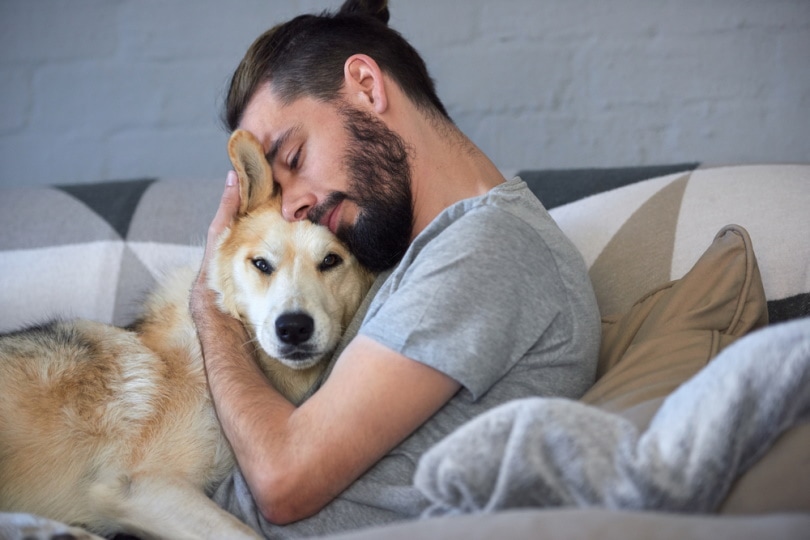
Studies have shown that having a dog is linked to improved mental health. Spending time with our four-legged friends can help reduce anxiety, depression, and loneliness. Dogs also provide us with companionship, which is essential for those who live alone or are otherwise socially isolated. People who own dogs often report feeling less lonely and more emotionally fulfilled than those without pets. Additionally, playing with a dog can increase the “feel-good” hormones in our brains, giving us an emotional boost and improving our overall well being.
12. Dogs Make Us Laugh
One of the best things about having a dog is how they make us laugh. From their silly antics to their goofy faces, dogs are sure to bring a smile to our face when we need it most. They provide us with much-needed stress relief and happiness, helping us stay positive no matter what life throws at us.
13. Dogs Help People Recover from Trauma or Grief
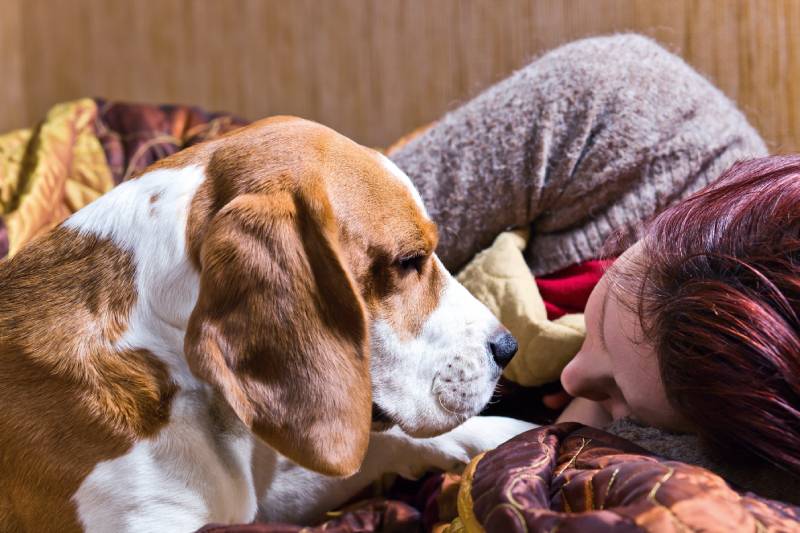
Research has found that people who own pets experience less depression after experiencing trauma or loss. This is because pets provide us with emotional support and comfort, making it easier to cope with difficult emotions.
14. Dogs Help Us Stay Physically Fit
Having a dog encourages us to get out and exercise more often, leading to improved physical health. Going for long walks or playing fetch at the park can help us burn calories and stay in shape, while also providing us with much needed relaxation time away from our screens.
15. Dogs Can Make Us More Responsible
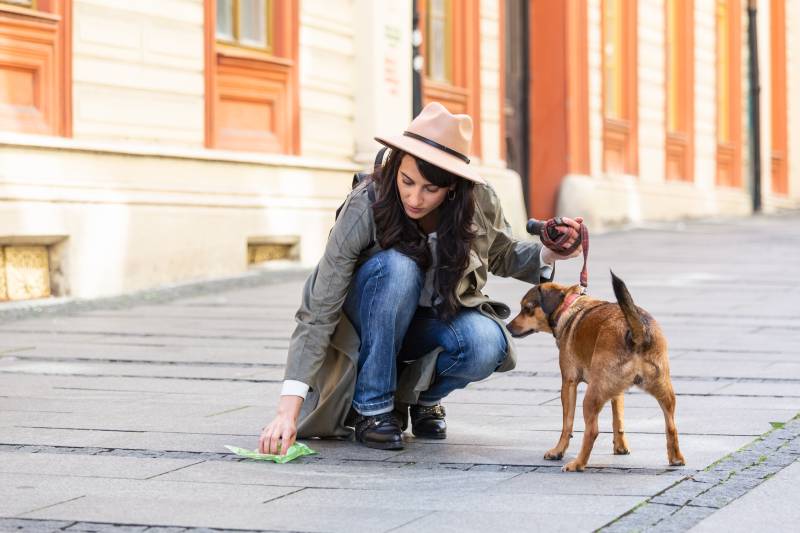
Caring for a pet requires dedication, patience, and responsibility—all qualities that can benefit our lives in many ways. Having a dog teaches us how to manage our time better and be more reliable, as well as showing us the importance of taking care of those around us.
FAQs About the Human-Dog Relationship Bond
What are the benefits of having a dog?
Owning a dog can provide numerous physical, mental, and social benefits. These include improved physical health, increased longevity, reduced stress levels and improved mental health. Dogs also bring joy into our lives and provide us with unconditional love and companionship.
How can I strengthen the bond with my dog?
Spending quality time with your dog is key to strengthening the bond between you. This can be done by taking them on walks, playing games and providing them with regular physical and mental stimulation. Additionally, showing your pet affection, such as petting or cuddling them, can help build a strong bond.
How do dogs communicate with humans?
Dogs communicate with humans through body language, vocalizations, facial expressions, and touch. They can also recognize up to 250 words and gestures from humans. Additionally, studies have shown that dogs are able to understand our emotions and respond accordingly.
How do I know if my dog loves me?

The signs of love from a dog include licking, wagging their tail when you come home, following you around the house, and wanting to spend time with you. They might even show affection by bringing you toys or resting their head in your lap. Additionally, if your dog is relaxed and happy around you, they probably enjoy your company and love you.
Do dogs benefit from human companionship?
Yes! Dogs greatly benefit from having human companionship. This can include physical activities such as walks and playing fetch, as well as mental stimulation through games, puzzles and training. Additionally, dogs enjoy being around people they love and receiving affection such as petting or cuddling. All these activities help to strengthen the bond between humans and dogs.
How do I know if my dog is happy?
Signs of happiness in dogs include wagging their tail, smiling or panting, playing with toys, and wanting to be around people they love. Additionally, if your pup is relaxed and enjoying life then they are probably happy! Making sure you provide them with enough physical activity and mental stimulation will also help to keep them happy.
How do dogs help kids with disabilities?
Dogs can be a great help for kids with disabilities. They provide emotional support, boost self-esteem, improve social skills, and even give physical assistance in some cases. Additionally, having a canine companion can help reduce stress levels and make living with a disability more manageable.
Conclusion
Dogs are truly incredible creatures that have so much to offer our lives! From reducing stress levels and improving social lives to helping detect illnesses in ourselves or others, dogs make us happier, healthier people in so many ways.
See Also:
- Do Dogs Think Humans Are Dogs Too? The Ideas Behind Their Relationship With Us
- What Do Dogs Think About All Day? Understanding the Canine Mind
Featured Image Credit: Africa Studio, Shutterstock
Contents
- The 15 Fascinating Facts About Dog and Human Relationships
- 1. Humans Can Communicate with Dogs
- 2. Dogs Help Us Stay Physically Active
- 3. Dogs Reduce Stress Levels in Humans
- 4. Dogs Improve Our Social Lives
- 5. Dogs Can Help Us Live Longer Lives
- 6. Dogs Help Children Develop Emotional Intelligence
- 7. Dogs Can Help Us Detect Illness in Ourselves and Others
- 8. Dogs Make Us Feel Safer
- 9. Dogs Help Us Connect to Nature
- 10. Dogs Bring Joy into Our Lives
- 11. Dogs Improve Our Mental Health
- 12. Dogs Make Us Laugh
- 13. Dogs Help People Recover from Trauma or Grief
- 14. Dogs Help Us Stay Physically Fit
- 15. Dogs Can Make Us More Responsible
- FAQs About the Human-Dog Relationship Bond
- What are the benefits of having a dog?
- How can I strengthen the bond with my dog?
- How do dogs communicate with humans?
- How do I know if my dog loves me?
- Do dogs benefit from human companionship?
- How do I know if my dog is happy?
- How do dogs help kids with disabilities?
- Conclusion

